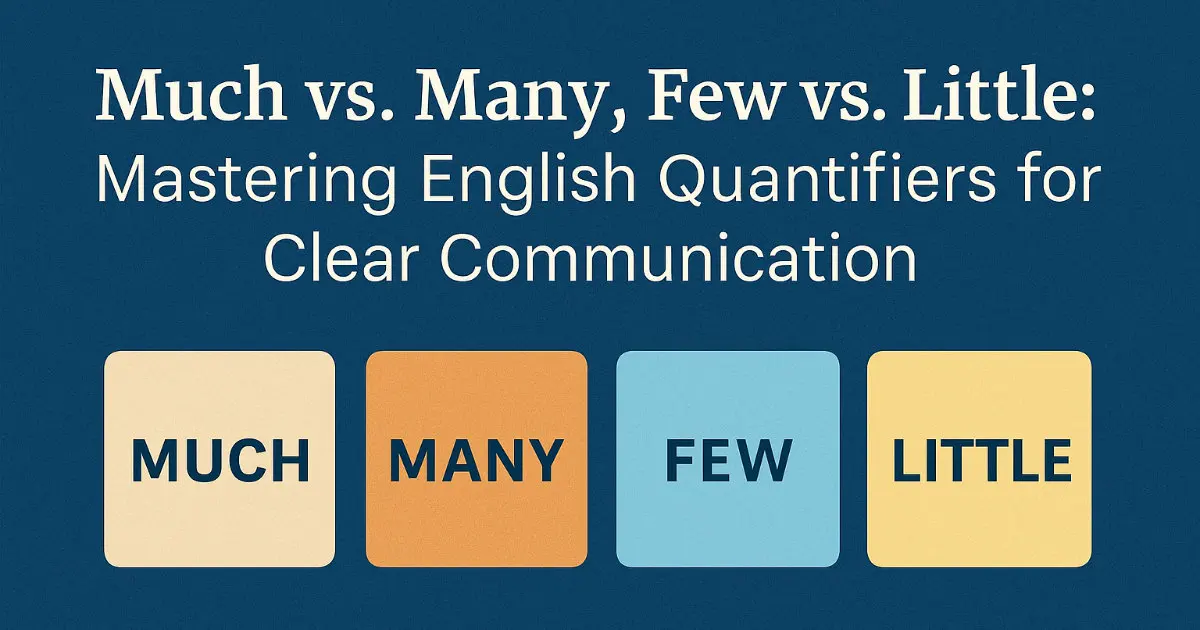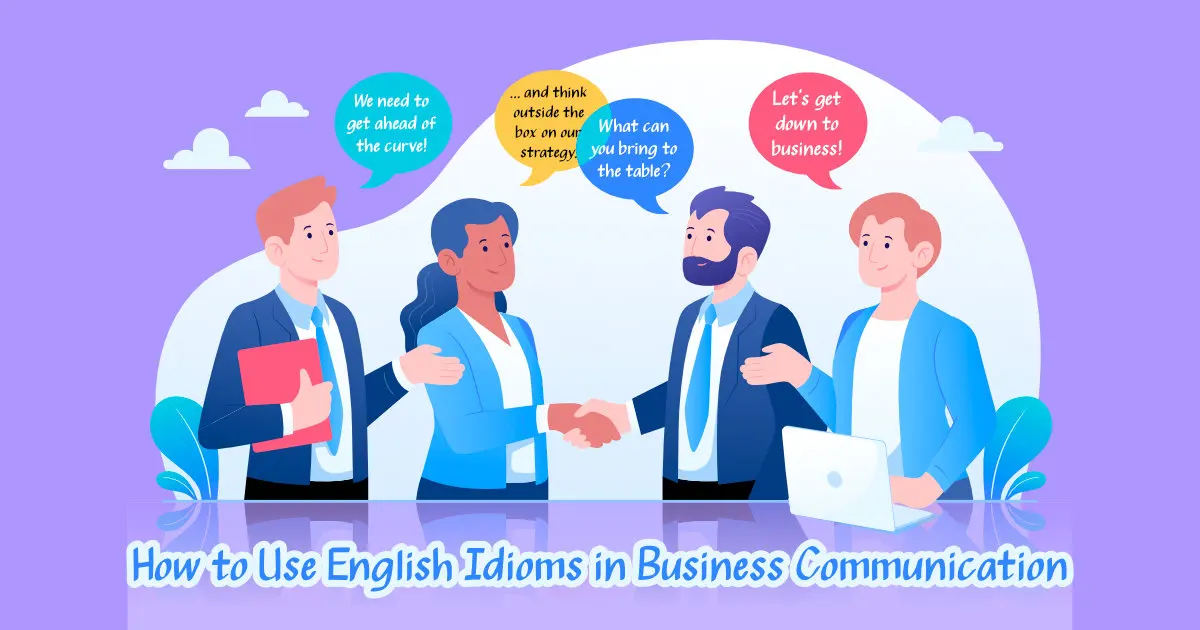Understanding the correct use of much, many, few, and little is essential for clear and accurate English communication. These quantifiers help specify the amount or number of something, and their correct usage depends on whether the noun they describe is countable or uncountable.
For ESL students, mastering these distinctions reduces common mistakes and improves fluency. For professionals in journalism, broadcasting, and public speaking, precision in language builds trust and clarity in delivery.
Much vs. Many
Much is used with uncountable nouns—things you cannot count individually (e.g., water, money, information). Many is used with countable nouns—things you can count (e.g., apples, books, cars).
Examples:
- I don’t have much time.
- There aren’t many chairs in the room.
Key Points for ESL and Communication Professionals:
- Use much and many mostly in questions and negative sentences:
- How much sugar do you want? (uncountable)
- How many students are in the class? (countable)
- In positive statements, use a lot of or lots of:
- She has a lot of friends. (countable)
- We have a lot of work to do. (uncountable)
Why it matters: In journalism or live speaking, choosing the wrong quantifier (e.g., "many information") may weaken your credibility. Knowing which form to use ensures your message is both professional and grammatically correct.
Few vs. Little
Few is used with countable nouns.
Little is used with uncountable nouns.
Examples:
- Few people attended the meeting. (countable)
- There is little milk left in the fridge. (uncountable)
A few and a little mean some, usually enough or more than expected:
- I have a few ideas. (some ideas, enough)
- There’s a little hope left. (some hope, enough)
Few and little (without a) mean not enough or almost none:
- Few students passed the exam. (not enough students)
- Little progress has been made. (not enough progress)
Pro tip for communicators: Tone is everything. Saying “Few people care” sounds dismissive or negative. “A few people care” is neutral or even optimistic. Such nuances matter in headlines, editorials, and public speeches.
Why These Distinctions Matter
Whether you're an ESL learner or a seasoned broadcaster, using quantifiers correctly shapes how your message is received.
Consider this:
- "I have few friends" implies loneliness or social isolation.
- "I have a few friends" suggests a modest, sufficient social circle.
For those learning English, avoiding errors like "many money" (should be "much money") or "few water" (should be "little water") will significantly improve comprehension and confidence in writing and speaking.
Tips for Learning and Professional Use
For ESL learners:
- Identify the noun first: Is it countable or uncountable? That determines the correct quantifier.
- Use everyday objects: Practice with things around you—pens (countable), coffee (uncountable).
- Repetition builds instinct: Use flashcards or mobile apps with practice quizzes.
For professionals in journalism, broadcasting, and public speaking:
- Precision matters: Grammar slips distract your audience and can alter meaning.
- Review scripts and copy: Be alert to countable/uncountable distinctions in news copy, scripts, or presentations.
- Practice clarity: Use examples that are easily understood across different demographics.
Quick Reference Summary

Final Thoughts
Getting quantifiers right is more than a grammar exercise—it’s a matter of clarity, tone, and professionalism. For ESL learners, it builds a strong foundation in English. For communicators in journalism, broadcasting, and public speaking, it enhances authority and precision.
Practice often, pay attention to the noun types, and don't hesitate to double-check your writing or script before going live or publishing. Your message deserves to be as clear as your intention.
FAQ
Much is used with uncountable nouns (e.g., money, time), while many is used with countable nouns (e.g., books, people). For example, “How much time do we have?” vs. “How many people are attending?”
Use a few to express a small number in a positive way ("I have a few ideas"), and few to emphasise that the number is small or insufficient ("Few people understood the message").
Yes, but in everyday English, they are more common in questions and negatives. In positive statements, a lot of or lots of is usually preferred—e.g., “We have a lot of work today” instead of “We have much work.”
No. A little means some, usually enough (“There’s a little sugar left”), while little implies a lack or not enough (“There is little sugar left for the recipe”).
Using the right quantifier improves clarity, tone, and precision—key traits in journalism, broadcasting, public speaking, and formal writing. Incorrect usage can lead to confusion or misinterpretation of your message.




